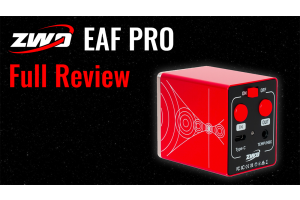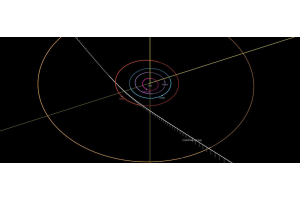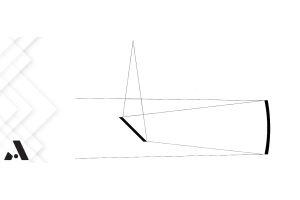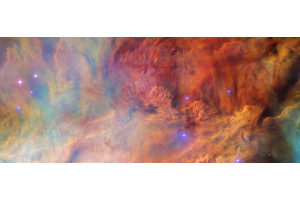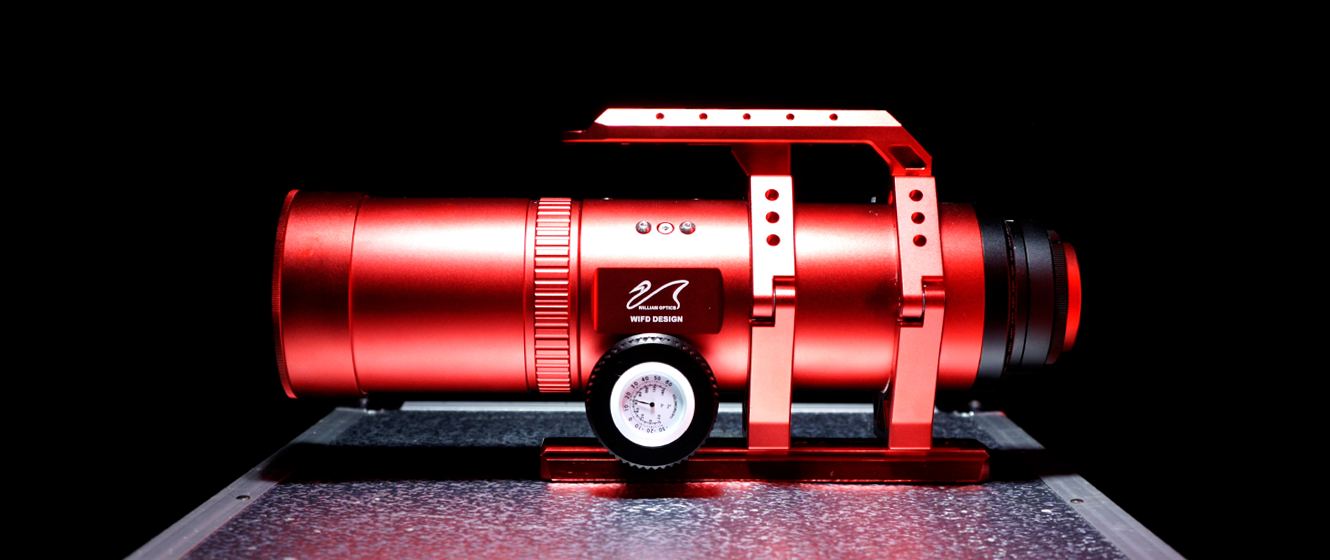
A new evolution of the RedCat series is here! The RedCat 61 is a petzval refractor designed specifically for astrophotography. William Optics led by example with the RedCat 51 and revolutionized astrophotography for all skill levels. Since then, the RedCat 71 has been introduced to the market, and now, the RedCat 61 - a new take on the entire RedCat design. Teagan, a team member from High Point Scientific, traveled to the dark skies of the Colorado Rockies to put this scope to the test. In the article below, we discuss all the features and the “must knows” about the RedCat 61 and follow Teagan on his journey to capture a deep sky object that has eluded him for nearly 7 years.
Opening The Box
William Optics has always provided an incredibly well-made soft case for the RedCat series of telescopes. The 61 is no different. Inside the case, the following items are included.
- 2-Year Warranty Letter
- Hex Key Set
- Screws (2) for Accessories
- The RedCat 61
- Integrated Bahtinov Mask
- Cat Handlebar
The soft case is a perfect way to travel with and protect your scope. The straps velcro together to form an ergonomic handle while the Cat decor and logo are on display.
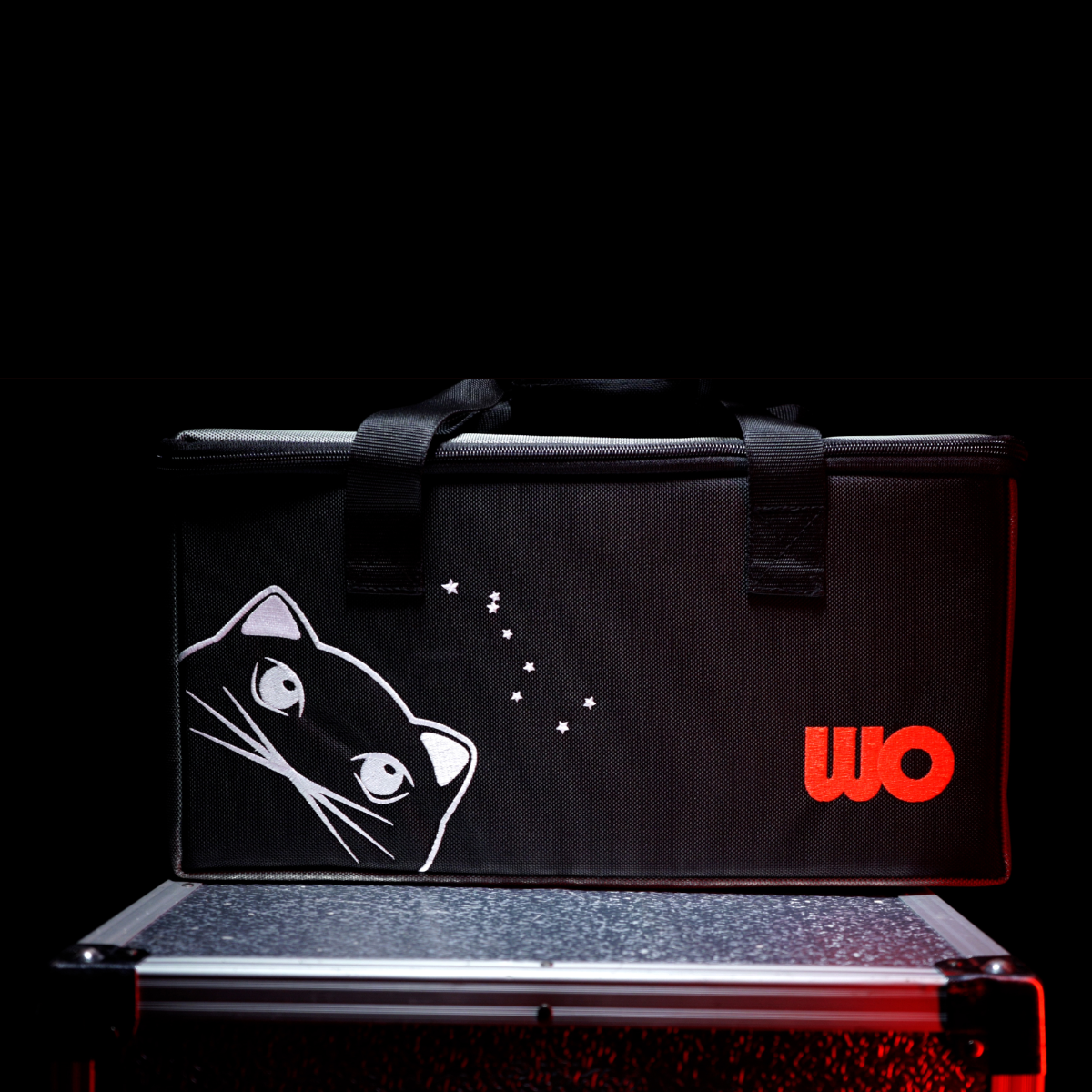
Telescope Specifications
The RedCat 61 has the following specifications:
- 61mm Aperture
- 300mm Focal Length
- Focal Ratio: f/4.9
- OTA Length: 14.5”
- Weight: 7.5lbs with rings/dovetails attached
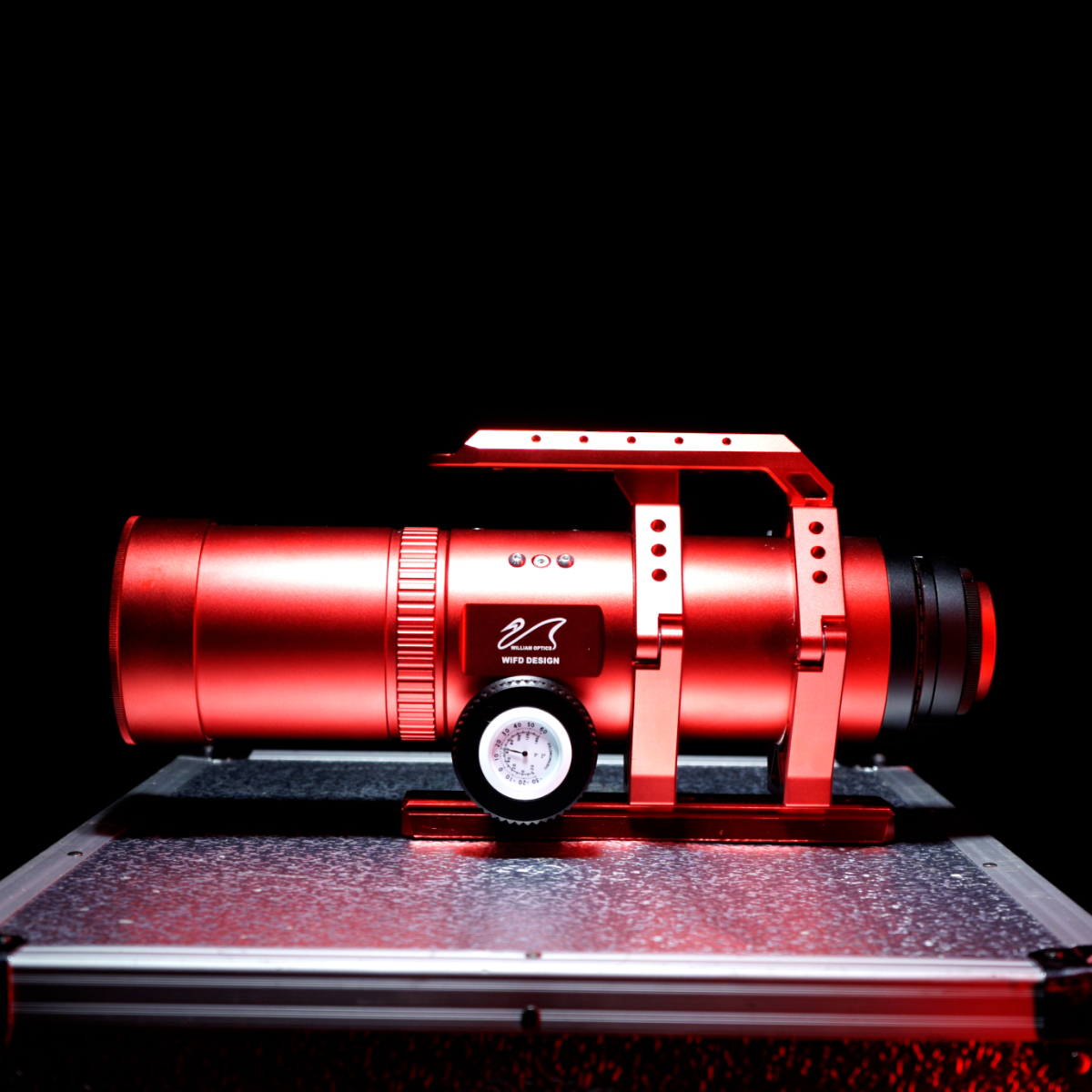
The NEW Design
The main difference between the RedCat 61 and the 51 / 71 is evident the second you see them side by side. The RedCat 61 has been designed with an internal focuser (WIFD) rather than the old helical focuser design.
The internal optical elements of the RedCat 61 move back and forth internally as you turn your focus knob. According to William Optics, this is going to decrease vignetting and image shift. In addition, the integrated viewing window shows you just where your optical elements sit for precise focus.
Things That Have Stayed The Same
The RedCat 71 repped a convenient “cat saddle” that accepted synta-style finder shoes for your standard 32 mini guide scopes. The RedCat 61 has also included the cat handlebar and it proved very useful for capturing our data in the Rockies.
The integrated Bahtinov mask remains a key characteristic of the RedCat Series of scopes. This is an essential tool for achieving perfect focus on your stars. Centering the diffraction spikes on a bright star is very satisfying and knowing that your stars are in near-perfect focus every time you use it is a very reassuring feeling. The clear design opposed to the opaque, black designs that are more popular, allows you to focus on dim stars as well. This is extremely convenient if you don't have any bright stars in your field of view. Slewing your scope to a bright star to focus and then back again to your target, multiple times a night, definitely takes time away from imaging.
Regarding the overall first impression, the same incredible optics and build quality remain persistent. William Optics leaves little to be desired here – as usual.
Thoughts and Observations
The first advantage that can be immediately seen lies with the focuser. It is EAF compatible. You are able to easily install the ZWO EAF without any third-party hardware, as you did with the RedCat 51 and 71. The 61 is EAF compatible out of the box.
The one disadvantage you may run into lies also with the focuser. The knobs themselves are very large. They interfered with the declination saddle on our iOptron CEM60. You may have to push your scope forward a significant amount in the declination saddle to prevent this.
The focuser, being the biggest difference in design from its predecessors, puts the RedCat 61 into the “telescope” category rather than in the “telescope/camera lens” category. Using this scope for terrestrial or daytime photography may not be nearly as practical as it was with the RedCat 51 and RedCat 71. That being said, if you enjoy the camera lens style, the RedCat 51 and 71 aren't too far off from the 61 in terms of specifications.
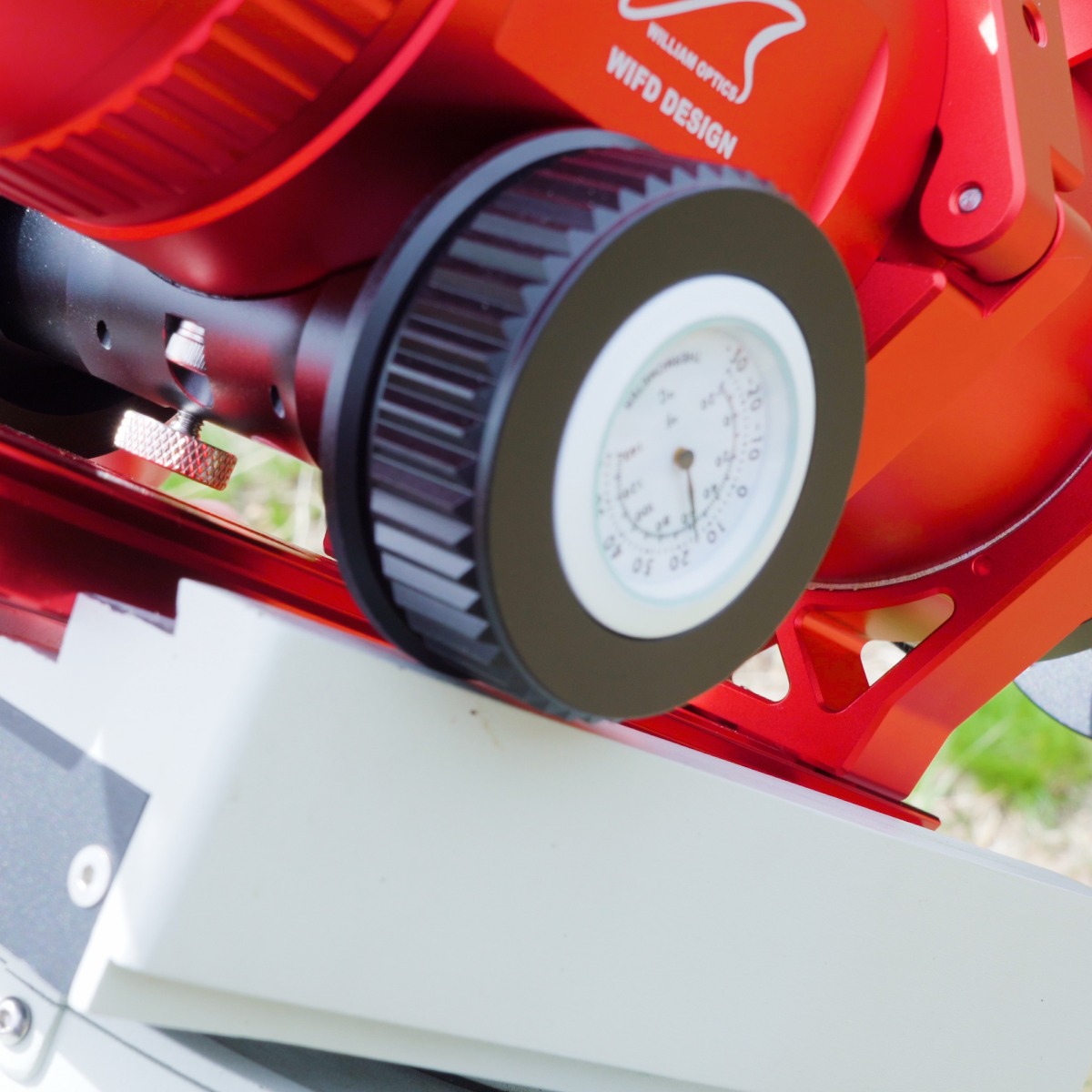
Who is this telescope designed for?
Most beginning astrophotographers enjoy starting out with a widefield apochromatic refractor. One that is small, portable, lightweight and will aid them in their dive into the ever-deep hobby of astrophotography. All RedCat designs are great options for the beginner astrophotographer. The 61 offers a more traditional look and feel with its new focuser. If this appeals to you over the RedCat 51 or 71 as a first scope, then the 61 is definitely a great option for you.
If you keep your camera and accessories light - small equatorial mounts like the Sky-Watcher Star Adventurer GTi would pair very well with this scope! You may need an extra counterweight to balance in the RA axis. We have successfully tested a 72mm doublet with a focal length of 430mm with this mount and it performed nearly flawlessly. Check out our full review of the Star Adventurer GTi.
Now, if you are a seasoned astrophotographer and typically use long focal length imaging Newtonians or SCTs to really get up close and personal on galaxies and star clusters, the RedCat 61 would be a near-perfect pair as it would offer you something different – a wide, sweeping view of much larger targets like Andromeda, NGC 7000 and even Rho Ophiuchi.
Teagan's Journey to Rho Ophiuchi
"Upon arriving in Colorado, it had been unseasonably wet and cloudy. I was hoping for at least one clear night to test out the RedCat 61. The forecast in the mountains changes every thirty minutes or so, so predicting when the next clear sky is gonna pop up is… well… near impossible around this time of year. I had my imaging rig set up at all times in preparation for a tear in the clouds."
"For the initial test, I decided to use the ZWO ASI6200MC - a full frame CMOS camera. I wanted the widest field of view possible and I wanted to put the optics to the test. I want to image something I have never had the chance to image. Rho Ophiuchus. Its brightest stars make up the constellation of Scorpius and it is a perfect target for the RedCat 61. I used the following equipment:
- iOptron CEM60
- William Optics RedCat 61
- ZWO ASI6200MC
- QHY Mini Guide Scope"
Data collection
"I spent two (what I thought were cloudless) nights out imaging. I collected nearly 4 hours of data per night but after sifting through the frames I found that a very small portion of them were in fact clear of any low-level clouds. The final image below consists of the 3.5 hours that were acceptable to throw into the final stack. We hope you enjoy it! Clear skies!"
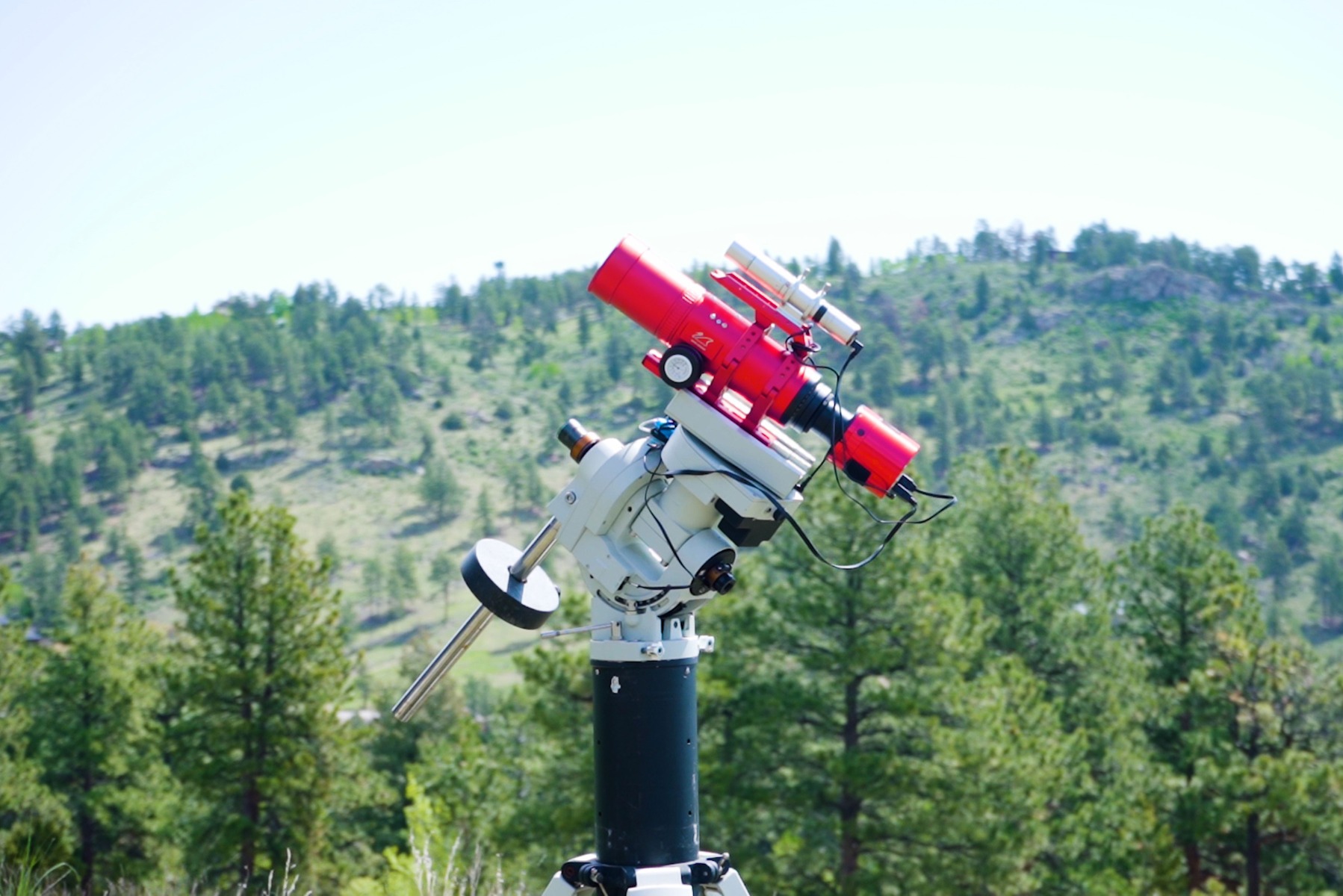 Click to Enlarge Image
Click to Enlarge Image
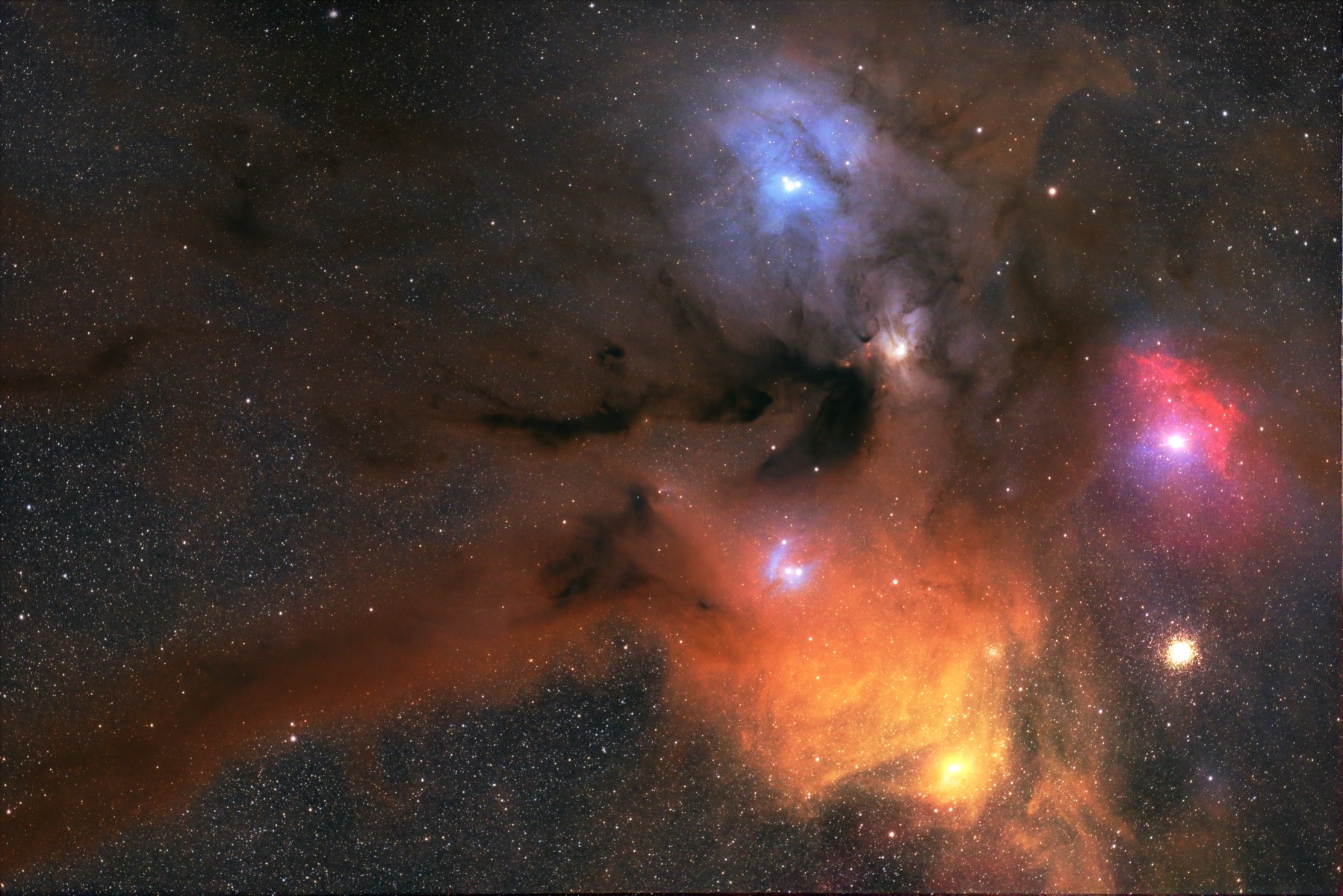 Click to Enlarge Image
Click to Enlarge Image

Learn More
Interested in learning more about telescopes and astrophotography? Not sure where to begin? Check out our Astronomy Hub!












